Disclaimer: These concepts
are for entertainment only and are in no way an official SONY concept
for Planetside.
The Maglev: Design Overview
The Maglev Stations: Capturing
The Maglev Stations: Boarding
The Maglev Trains: Defenses
Comparisons between Maglevs and Air Support
Concept Division Illustrations
The Maglev: Design Overview
There are two lines with two trains each, running from a station near a gate in the north west and to a station near a gate in the south east, crisscrossing one another near the Capitol. The trains go back and forth, one starting from one end, the second starting from the other and they travel as far as the next station and then back. Each station inbetween is located in an Urban Outpost, a collection of small buildings apart from base facilities and towers.
Maglevs are a means to quickly get the heavy equipment from the Warpgate to the front, so commanders would be smart to capture urban outposts with Maglev stations for their empire and deny them to the enemy.
Trains can only travel between the two friendly stations at each end of a line.
1) Below you have Stations A through D.
2) If TR takes station D, then the NC maglev can only go as far as Station C and back.
3) Once the TR capture station C, they now have a Maglev connection of their own.
4) If the TR manage to work their way around to the NC rear and capture station A, then the NC would have no connections and the Maglev would be inactive.
Figure A: Capturing urban outposts with stations
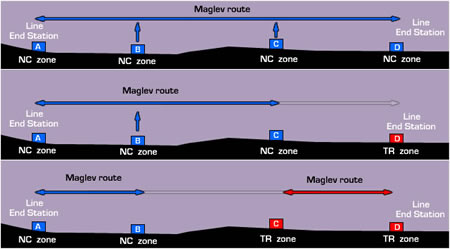

The tracks are like monorail struts spaced apart at intervals that the trains travel along. The sequence of rise to tree level above the ground. This allows for passengers and vehicles to bail safely while traveling. The struts lower as they reach a station so that the train is about level with the second story of buildings.
Figure B: Side View
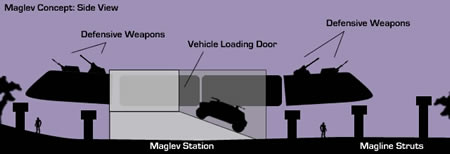
The train itself is made up of 4 or 5 cars: 2 pilot cars at both ends, 1 passenger car, and 1 or 2 vehicles cars. Passenger and vehicle space, like the HART, is unlimited.
Figure C: Front view

The Maglev Stations: Capturing
To capture a station, your empire must control a base linked to the station:
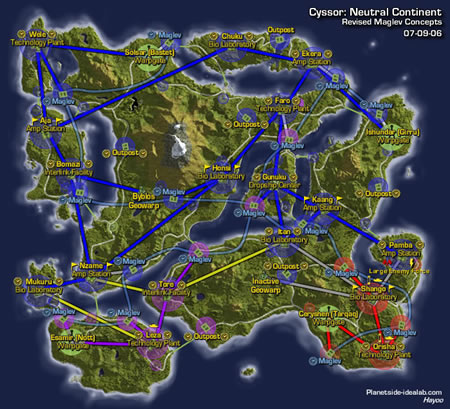
Or control an adjacent station along the same route:
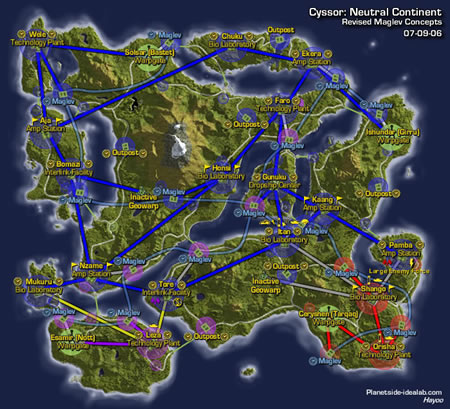
Each station or outpost it resides in has a control terminal that must be hacked for the station to switch hands. The timer length is 10 minutes.
The Maglev Stations: Boarding
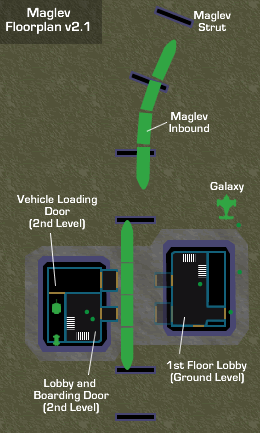
The stations are like the HART centers. There is a main lobby on the bottom floor with some lockers and stairs leading up to the second floor with the boarding door. Outside a vehicle ramp leads up the side of the station to a loading door, much like the Tech Plant vehicle ramp, but steeper and shorter. A timer shows above each door as to when the next train is due to arrive and leave.
A player runs through the door and warps to a holding area. Same with the vehicle. To leave the holding area, you simply press "G". When the train pulls in (if it's the end station in the line), it waits on a timer and then pulls away again, taking the new passengers and vehicles with it.
If it's a station midway along the line, a timer above the doors states the trains arrivial time. A player runs through the door, warps to the holding area, and as the train passes, grabs the new passengers along for the ride. A person can stay on the train indefinately, or can bail at anytime along the route by pressing "Alt-G."
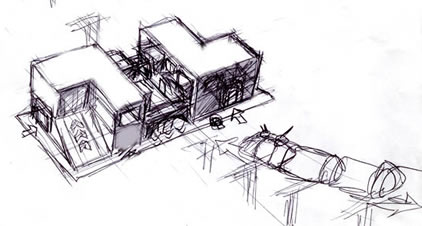
The Maglev Trains: Defenses
Each Pilot Car has two turrets for defense that can be destroyed by enemy fire, an AA turret of dual 20mm, and a turret with a heavy calibur gun, like a 75mm. This is for defensive purposes only as a train cannot actually be destroyed, since idiots would sit in wait with tons of aircraft or explosives to get some easy kills. So the only legitimite targets where trains are concerned are the urban outposts where the stations are based. So the train guns' usefulness comes at arrivial points to give covering fire to disembarking or loading troops and vehicles.
Now the risk in traveling by Maglev is if a station is captured before a train can get there or get to the next station, the train immediately slows down, kicks all passengers from the cars, and deconstructs. This forces the passengers to get to their destination as best they can and who knows if enemy aircraft were tailing the train as this was happening. A new train will appear at the next friendly station and begin the back and forth travel of the line once again.
To man a turret, you run over to the gunner's circles in the Maglev station. If there is a spot open as the train arrives or passes by, the player will automatically be put in the turret. If no spot is available the player will be put in the passenger matrix. If the player does not wish to be in the gunner's spot anymore, he simply presses "G" while the train is moving and he will remove himself from the turrets and into the passenger car matrix, although no one is able to take his place unless someone at the next station has selected the spot.
The Maglev Train: Bonus Train Car
Should an empire control all the stations along one or both of the maglev routes, that train recieves an additional car with a 125mm cannon mounted. (Matapiojo addition)
Comparisons for Maglevs and Lodestar/Galaxy:
Maglev pros: undestroyable, defendable, quick, free means of transport from one gate to another.
Maglev cons: linear, may not be going in the direction you wish to, can be lost through territory loss, predicable routes.
Lodestar pros: precision drops, direct travel, ability to repair, freedom of movement, can be stealthy.
Lodestar cons: destroyable, requires special cert, no defenses.
Graphic of maglev lines in relation to the continents:
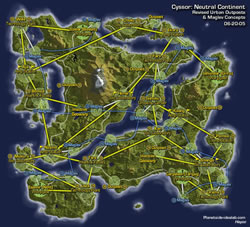
top

Maglev Renders by Kusutto
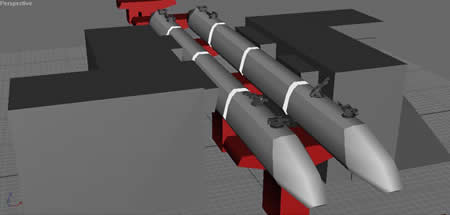
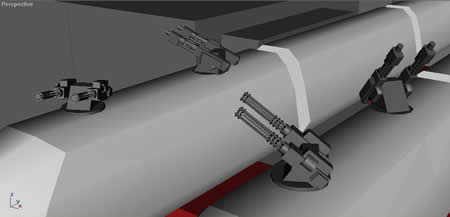
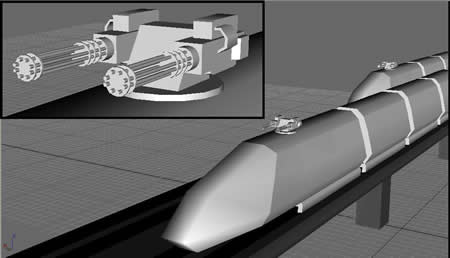
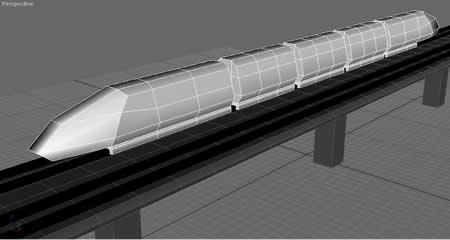
Maglev Renders by Ejnar
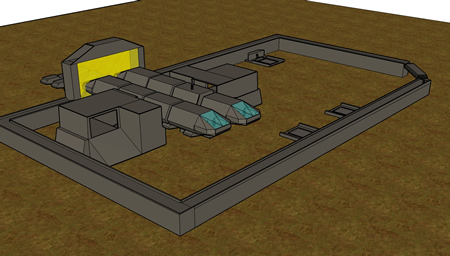
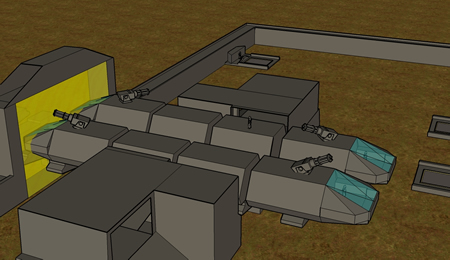

top

![]()